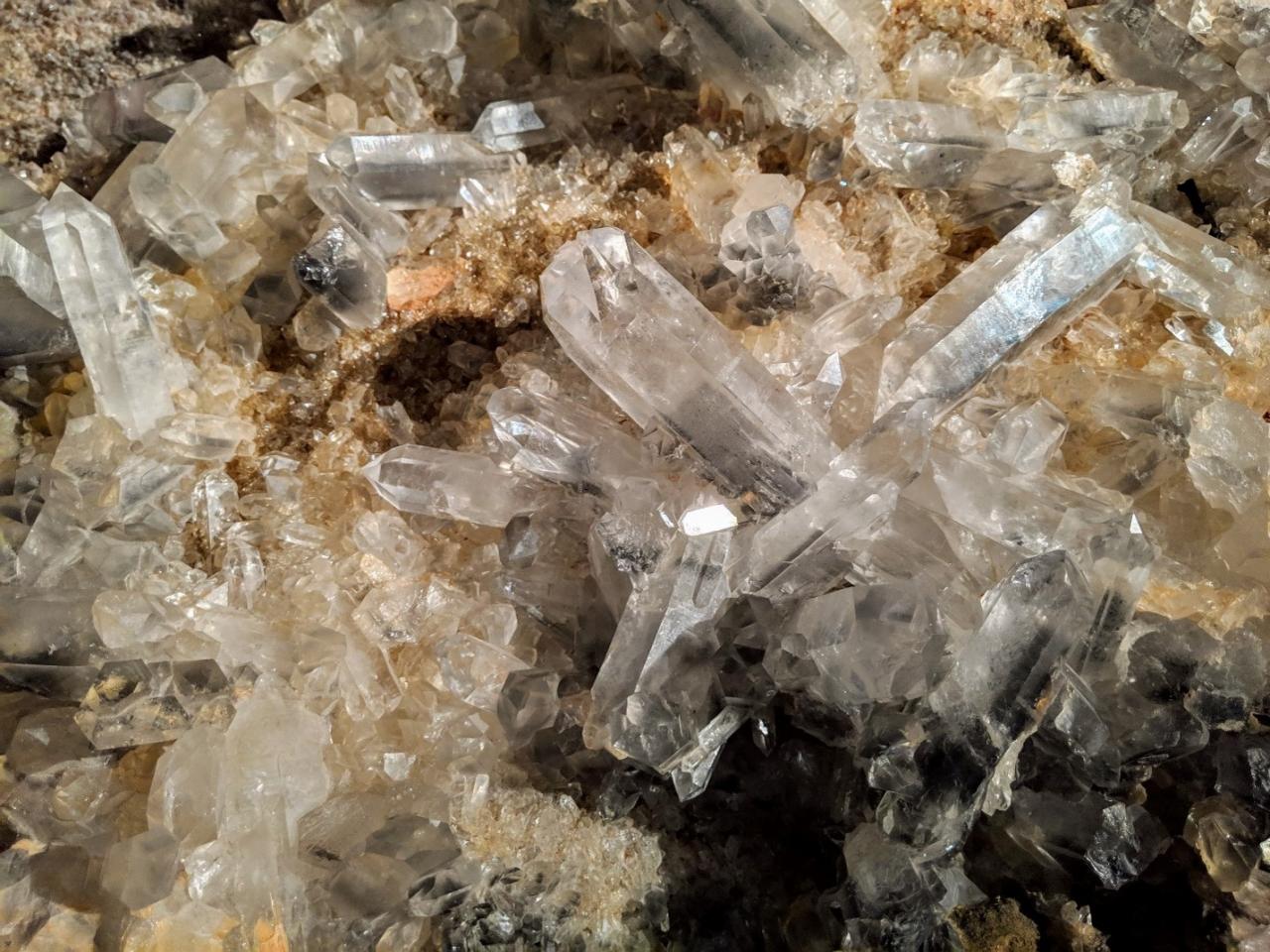If you practice crystal healing, just looking at this massive crystal can heal for several lifetimes weighing 8,000 pounds. Quartz can be found virtually everywhere in the world from sandstones to gemstones and is the second most common mineral found in the Earth’s crust in varieties.
Though quartz can commonly be found it’s pretty rare to find a massive complete gem weighing four tons that is now on exhibit at the Smithsonian’s Natural Museum of Natural History. The massive quartz is the largest piece of quartz in the entire museum and is a contender for being the heaviest specimens in their entire collection.
The piece of quartz was named the Berns Quartz after the donors and the specimen was discovered at the Coleman Mine in Arkansas in 2016.Experts working from the museum say the Berns Quarts is unique as there are only a few places in the world that can form a clear quartz stone of this quality, especially in a massive cluster.
The Ouachita Mountains in Arkansas is a hotbed for quartz with the formation dating back around 300 million years ago when the South American continent collided with North America resulting in buckling up layers of oceanic sandstone. Mineralogist and curator-in-charge of gemstone and minerals for the museum, Jeffrey Post, explains, “The overlying pressure from the resulting mountain of rocks squeezed hot silicon-rich water from the buried sandstone into deep cracks that were two miles beneath the surface. Quartz crystals grew in these fractures.”
The unique hexagonal prisms of quartz crystals are shaped based on their atomical building blocks of silicon and oxygen that are locked into repeating, precise arrangements. Scientists study the pressure, temperature, and chemistry of conditions that are required to grow these crystals that can provide insight into the geological context of a region at the time of crystal formation.
Scientific studies indicate the natural events forming the Ouachita Mountains stopped nearly 200 million years ago and the mountains started to erode after, exposing once deeply buried veins of Arkansas crystal similar to the Berns Quartz. Experts from the Smithsonian first encountered the rare quartz cluster in 2020 and automatically recognized its value as a specimen in the museum’s National Gem and Minerals Collection.
The Smithsonian experts came up with the idea of featuring the Berns Quartz in the Smithsonian after developing a growing relationship with the miners over many years. The museum knew they needed a lot of resources to acquire the natural treasure with help of donors including Michael and Tricia Burns.
After a lot of hard work, the Burns Quartz is now on display near the Constitution Avenue entrance where visitors can learn more about the quartz’s geological history and the mine it was discovered in. The museum features the Burns Quartz at an entrance to inspire visitors to want to learn more about the world we live in. The research for this article was sourced from Smithsonian Mag.



